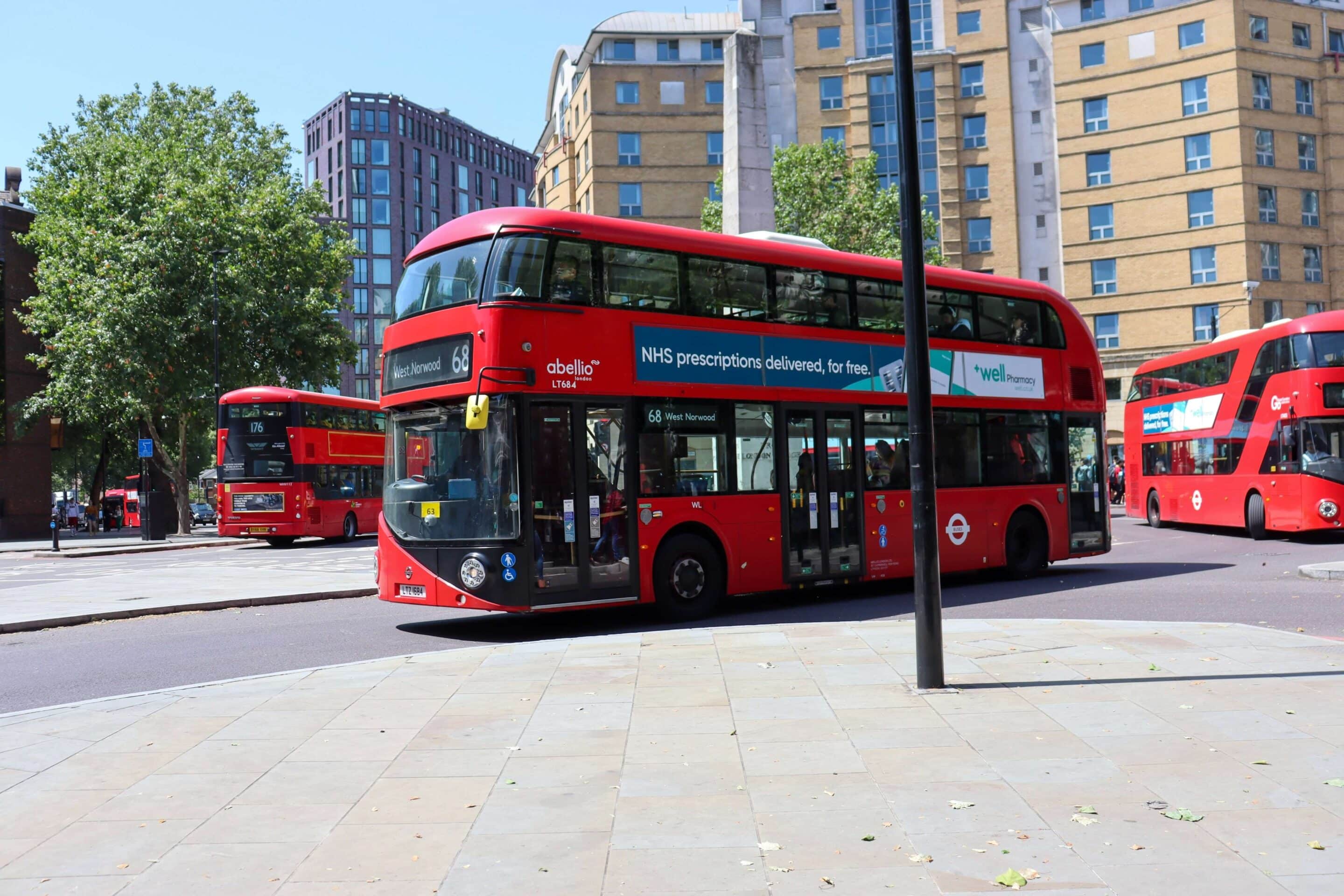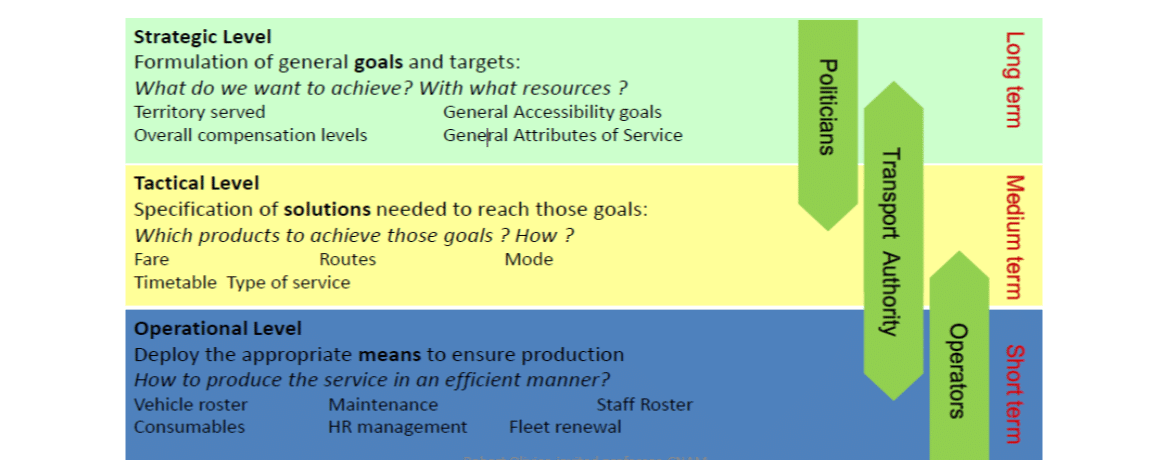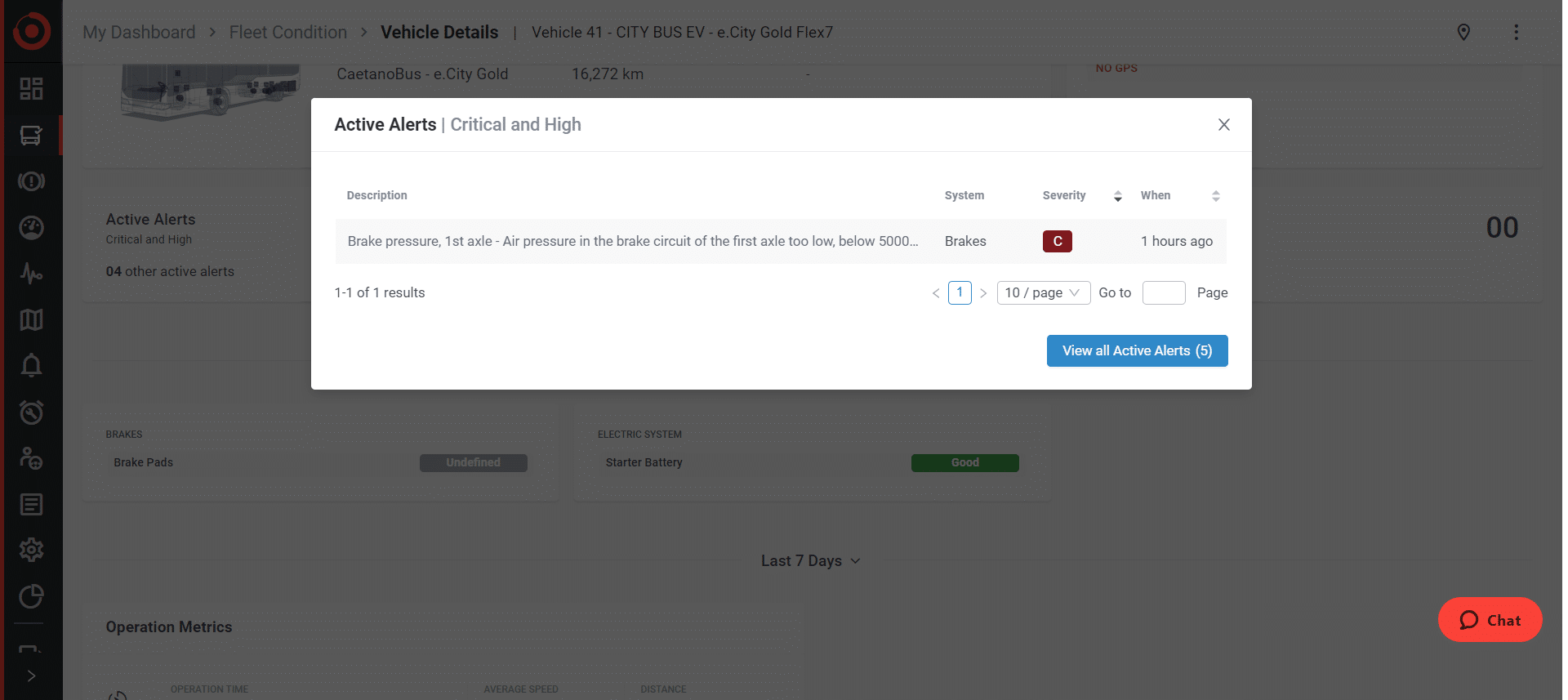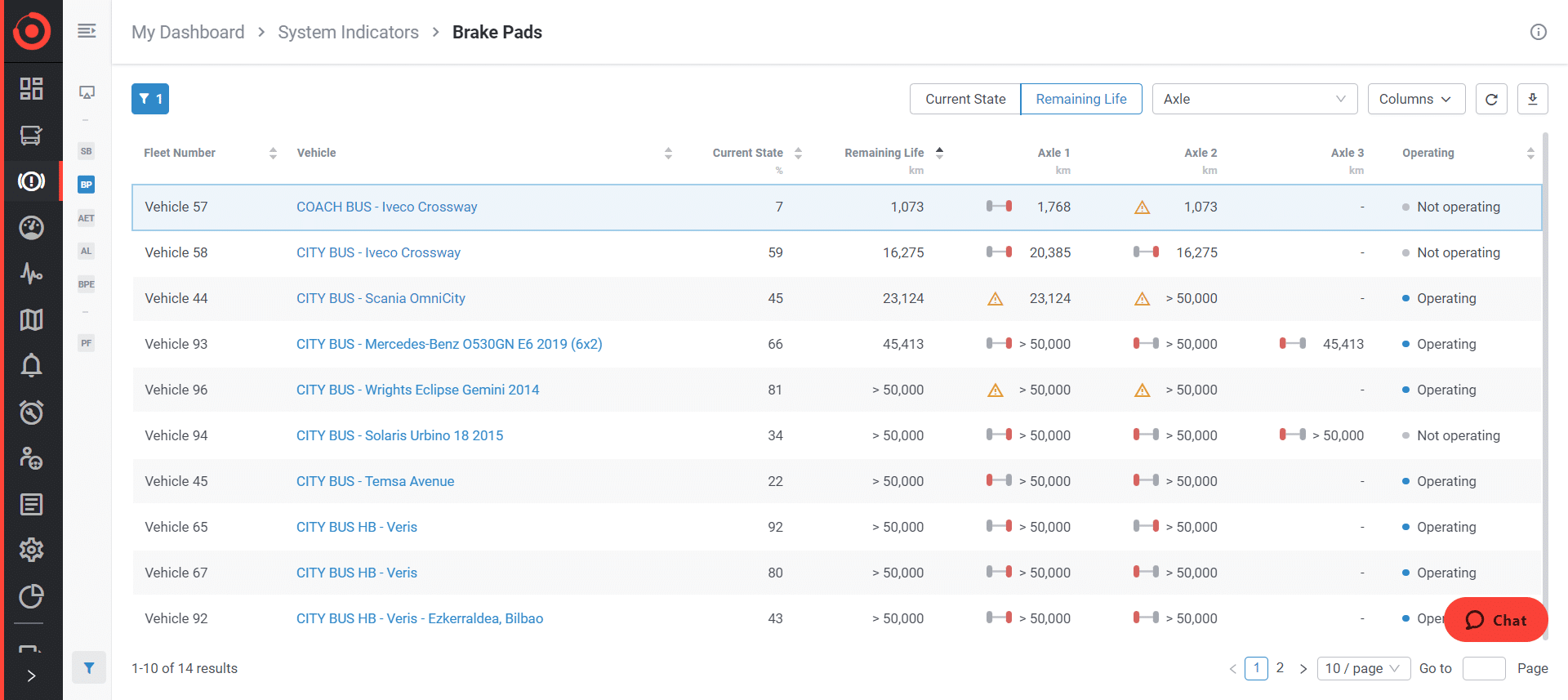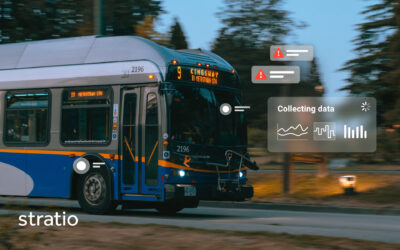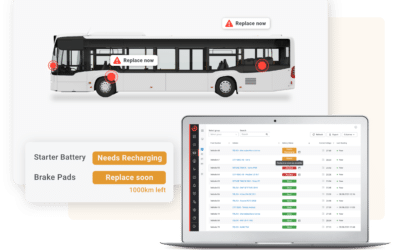© Unsplash/dele_oke
Public transport operators and authorities may be distinct entities, but they are aligned in their objective of providing a reliable, safe, and efficient public transport system for passengers.
In this blog article, we’ll focus specifically on AI Predictive Maintenance, and share in detail why this is the definitive solution to improve collaboration between these two entities. We’ll also demonstrate how it can be leveraged by public transport operators (PTOs) to ensure compliance with the service level agreements (SLAs) of public transport authorities (PTAs).
Read on to find out more about AI-driven maintenance operations.
How do public transport operators relate with authorities?
The relationship between public transport operators and authorities is collaborative and interconnected. Authorities often grant licences or contracts to transport operators to provide specific services in local and metropolitan areas within their jurisdiction. These contracts define the terms of service, performance expectations, financial arrangements, and more.
While authorities administer transport, set the rules, and regulate, operators are responsible for executing those rules and meeting service-level agreements by providing efficient, safe, and reliable transport services.
Additionally, authorities oversee and regulate the operators’ compliance with quality and performance standards, address any issues that may arise and guarantee protection to commuters.
Source: EPTA project, May 2014: Interplay of Levels of Planning in Public Transport
Overall, a strong and cooperative relationship between public transport authorities and transport operators is essential for creating a well-functioning and efficient public transport system that meets the needs of passengers.
How does predictive maintenance improve collaboration between public transport operators and authorities?
To put it simply, AI predictive maintenance improves the collaboration between transport operators and authorities by aiding their common goal of offering a service of excellence.
Here are the various ways in which this maintenance approach makes it possible:
1. It works as an early warning system
With predictive maintenance, operators can receive early warnings about potential component failures. These alerts are generated based on data patterns of anomalies, allowing maintenance teams to address issues before they cause major disruptions to the service, affect passengers, and affect the brands’ reputation.
2. It enables proactive condition monitoring
Predictive maintenance enables continuous monitoring of equipment conditions. It allows operators to track the state of health of critical components in real-time, such as the brakes, engine and electrical system, and make informed decisions about maintenance schedules.
Operators can also guarantee safety standards for employees, customers and passengers by knowing which critical components need to be replaced or repaired, as shown below.
Active alerts feature from the Stratio Platform
Moreover, with condition monitoring, operators can move from reactive bus maintenance to proactive and data-driven strategies, ultimately leading to a more efficient public transport service.
3. It provides the information necessary for maintenance forecasting
Predictive maintenance systems can estimate the remaining useful life of components, like brake pads, and predict when maintenance will be
required. The image below shows how the Stratio Platform reports the remaining useful life of brake pads:
Predictive capabilities of the Stratio Platform for brake pads
This type of granular visibility enables operators to plan maintenance activities more efficiently, frees up technicians’ time to focus on higher-priority tasks and avoids unnecessary downtime that could possibly damage the service quality.
4. It minimises vehicle downtime
By identifying and addressing issues before they lead to breakdowns and safety concerns, predictive maintenance reduces the frequency and duration of unplanned downtime.
This directly contributes to meeting SLAs regarding service frequency and punctuality, as a result of minimised lost mileage and increased fleet availability – more vehicles on the road to serve more people.
5. It optimises resource allocation
Predictive maintenance helps maintenance personnel allocate resources more effectively. Instead of performing routine maintenance tasks at fixed schedules, which may not be always necessary, technicians can focus their attention on buses that really require attention.
This results in a better application of resources, as it ensures that the staff, parts, and tools are used where they’re most needed, avoiding wastage and optimising labour utilisation. Moreover, it increases overall maintenance productivity and minimises downtime and lost mileage.
6. It helps operators save on bus maintenance costs
By avoiding costly emergency repairs, replacing components at the right time, and reducing the need for reactive maintenance, predictive maintenance can result in reduced labour and parts costs for public transport operators.
This efficiency not only benefits the operators by increasing their profit margins, but also aligns with the interests of the authorities, as it is in their interest to ensure that public funds are used efficiently.
Additionally, if operators demonstrate their ability to manage costs effectively, authorities may be more willing to provide financial support or consider additional investments in the actual transport system.
7. It improves passengers’ experience
When public transportation services run smoothly with fewer disruptions and delays, passengers’ satisfaction increases. In addition, if vehicles are well-maintained and performing optimally, passengers are more likely to have comfortable and smooth travel experiences.
This consistent service quality enhances commuters’ satisfaction and encourages them to choose public transport over other options, such as private cars, thus increasing ridership numbers.
By enhancing passengers’ overall experience, operators and authorities foster a positive relationship, as they share a common interest in delivering high-quality public transport services.
Final Thoughts
Keep learning more about Predictive Maintenance by accessing our white paper below. You’ll discover the differences between reactive, preventive, and predictive maintenance, and get to know the answers to the most frequently asked questions about this maintenance approach.
- Route-25 Project: Revolutionising Portugal’s Mobility Sector - September 25, 2024
- 6 Benefits of Implementing a Bus Maintenance Software - April 17, 2024
- Unlocking a more sustainable future with data-powered predictive maintenance - January 15, 2024

